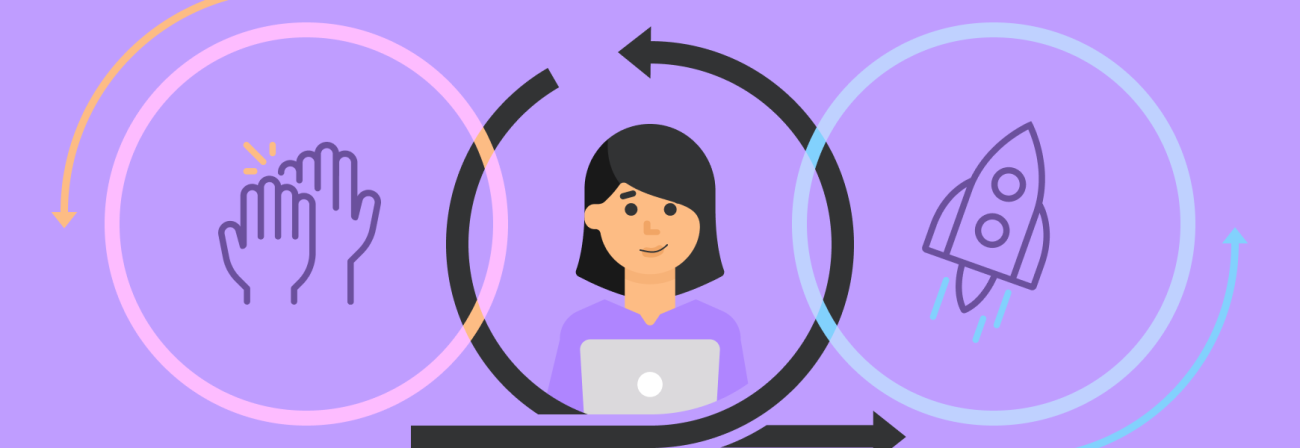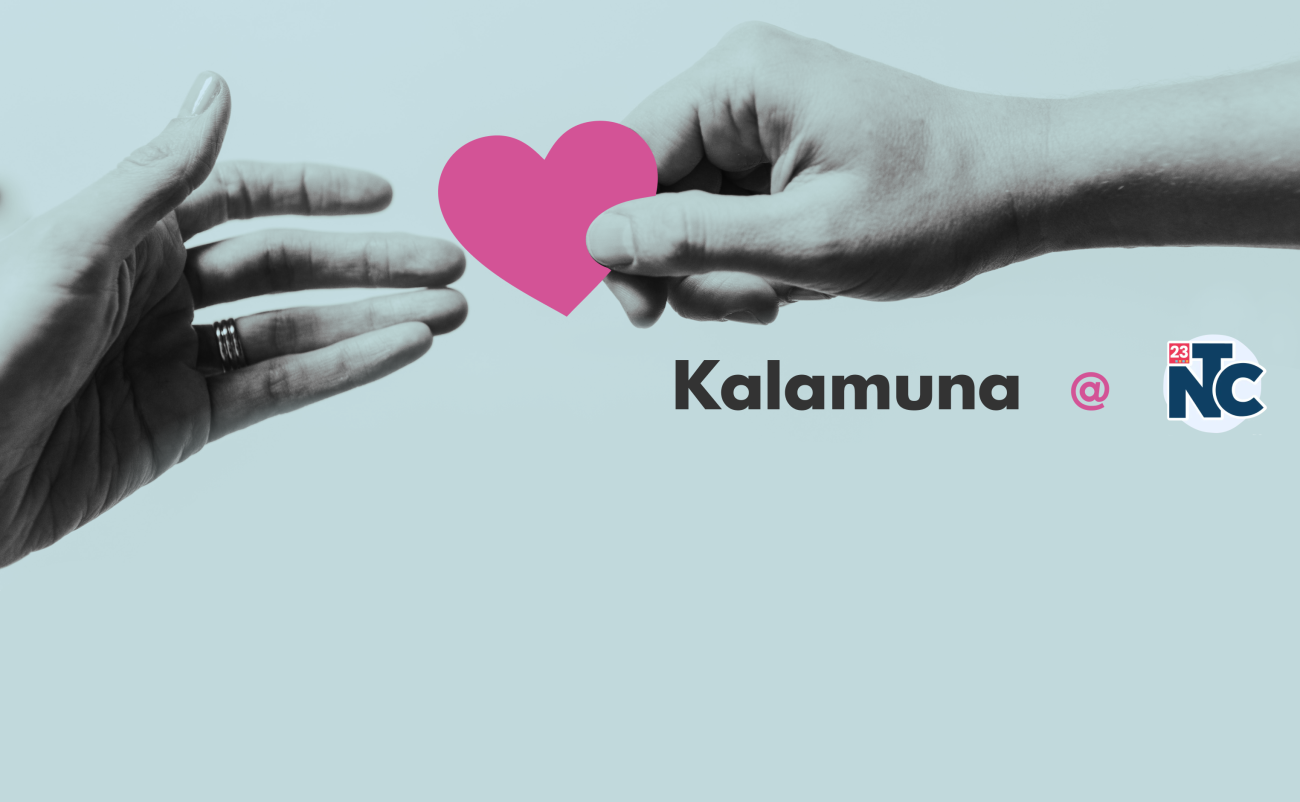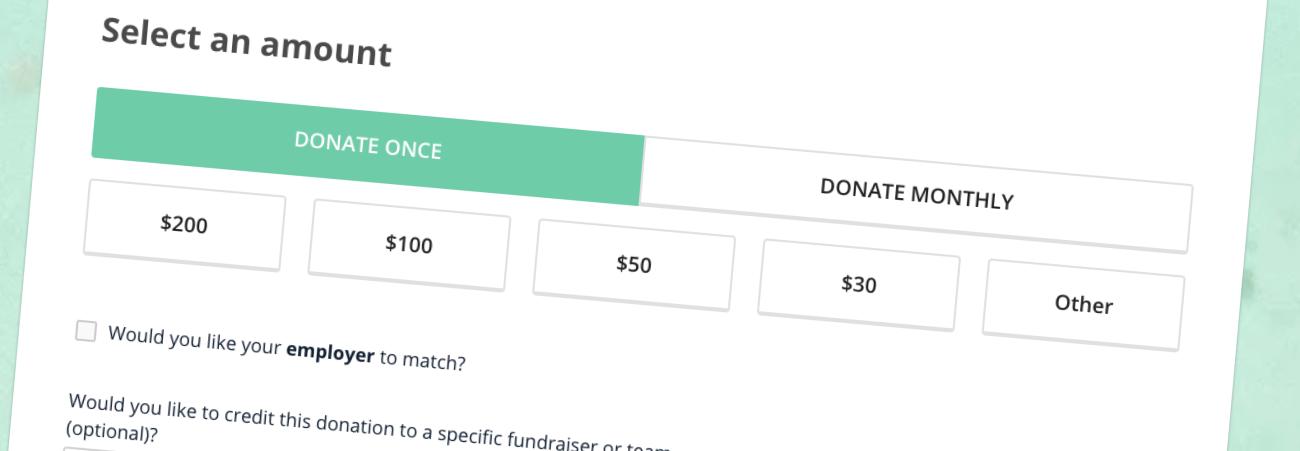Hallucinate Wildly: Crowdfunding for SMBs
Share
Crowdfunding isn’t about money. It’s about gathering people around a vision and inspiring them about what’s possible. Like getting a bunch of people on acid to see the same unicorn they’re all going to get to ride. I learned this last year, when Kalamuna supporters over-funded our Kickstarter for version 2 of our dev workflow solution, Kalabox (thank you!) As far as we know, we were the first to run a Kickstarter for a free, open-source software product in the “devops” space, and aside from Kalabox’s obvious value to our audiences, we think this was one of the reasons people rallied around it; we projected a vision of something useful and unique, and we inspired people to see it. Following the Kalabox Kickstarter, I also produced a campaign for a personal publishing project that earned over $60K, and I want to share what I learned from these exciting exploits.
Choose your Crowdfunding Platform
After researching crowdfunding platforms for Kalabox, we chose to work with Kickstarter. We seriously considered Indigogo, because it allows the creator to keep the money it makes even if the campaign doesn’t meet its goal. While Kickstarter poses the most risk (if you don’t meet your funding goal, you get none of the pledged funds), we believed that the urgency inspired by Kickstarter’s “all-or-nothing” condition would work in our favor – if we promoted the project well.
Kickstarter draws more eyeballs than Indiegogo, which we figured translates to greater confidence when performing a financial transaction online. Plus, more Kickstarter visitors actually end up on a project’s donation page. According to a 2013 study by Compete, about 92% of Kickstarter visitors reach a project page, compared to Indiegogo’s 72%. We understood this metric to mean a few things: a) the Kickstarter user experience more effectively converts visitors into donors and b) random site visitors browsing tech projects would be more likely to see our project page on Kickstarter.
As for fees, Kickstarter takes 5% of what you earn. Indiegogo takes 4% if you meet your goal, but 9% if you don’t. You have to do the math (and the future-telling) and decide whether or not these numbers will work in your favor.
Choose Your Fundraising Goal
Identifying our fundraising goal was difficult. If we didn’t meet it, we would get zero; all the money we’d spent on making our video, spreading the word, figuring out the finances, etc., would be lost. We contacted individuals and companies before we launched our campaign to build momentum and gauge their interest in pledging. Our research led us to this estimate:
Primary Audience: Current Kalabox Users
150 Individuals x $50 $7,500
2 Big Institutions x $2,500 $5,000
2 Small Institutions x $1,000 $2,000
Secondary Audience: Our Network, Friends of Kalabox Users
100 Individuals x $25 $2,500
1 Big Institution x $2,500 $2,500
1 Small Institution x $1,000 $1,000
Tertiary Audience: Developers Unconnected to Kalabox
10 Individuals x $10 $100
0 Big Institutions
0 Small Institutions
Total expected pledges: $20,600
Further, to estimate the cost to create, market and deploy our product, we paired funding levels to feature development. This tiered system helped set expectations for backers as well as our development team.
Decide: Pre-order Model vs. Unlimited Rewards Model
A big company might employ a phalanx of accountants and logistics specialists to sort out their production plan and budget. If you’re a small start-up/SMB, you might not enjoy these luxuries. So, if you are creating something whose production and deployment costs increase as you replicate it and ship it, you must identify the quantity you want or can afford to make. This is hard because you don’t yet know how much money you’ll raise to fund production, overhead, etc. One way to mitigate risk and match income to expenditures is to use Kickstarter as a pre-order system.
Start by estimating the cost of producing one unit. Let’s say that’s $30. If you end up taking in $15,000 (after taxes, payment processor and Kickstarter fees), you know you’ll be able to produce about 500 units. Granted, this “pre-order” model doesn’t take into account the rewards you offer outside of your main product. This model is most suitable to the production of material goods because you can pre-calculate many of your costs.
If you’re making digital media, an “unlimited rewards” model could be more advantageous. When your product is infinitely replicable – as is the case with software – your main costs are in development, marketing and general business overhead, and are more or less static after you’ve built it. Distributing software to backers doesn’t require material costs – only the time it takes to deploy it.
With Kalabox, we used a hybrid pre-order/unlimited rewards model. Backers “pre-ordered” features” in that we only built the features for which we had funding. But once we release the free and open-source Kalabox 2, we can offer it to an unlimited number of backers and other supporters at no cost.
Educate
Tech funders like numbers and details. They want to know how the Thing will work. Understanding your product makes backers feel more a part of it, and it might even encourage some of them to contribute to its creation. Consider the M3D Kickstarter campaign (@TheMicro3D), an effort to fund “the first truly consumer 3D printer.” The campaign page provides detailed technical specs -- even though not every contributor will care about these specs. But many “early adopters” compare materials, competitor specs, etc., and if you can convince these people of your unique selling point, then they will become evangelists for your offering.
Consolidate Your Message, Promote Your Campaign
Yes, your product is the next earth-shattering thing, but you must be able to communicate what it is and what your audience(s) are going to get from it in one or two sentences. People’s lives are cluttered with thousands of messages, errands, personal concerns, etc., and they’re not going to listen to information about your product unless they quickly understand the value in it. Do the work: Figure out your message and repeat it consistently.
Once you’ve nailed down your message, which should manifest through video, your crowdfunding page, a press release, and other campaign executions, you have to tell folks about your campaign. If they don’t know about it, they can’t fund it. You should use every communication channel at your disposal to promote your campaign.
- social media, all of it -- in creative, engaging ways
- email campaigns (judiciously)
- word-of-mouth
- guest blog posts
- links in your everyday email signature
- event panels and signage
Take inventory of the channels available to you and create an editorial schedule that spans from the beginning of your campaign to after your launch. Think about what your audiences will find of value throughout (and after) your campaign, and how you can consistently communicate your value proposition in a fun or informative way.
Post Awesome Backer Updates, Give Awesome Rewards
Crowdfunding backers are early adopters, and when they back a project, they want to be considered as investors. Be accountable and they will remain happy and, hopefully, become evangelists for your campaign. Some tips for backer updates:
- Post updates regularly, always thanking your backers
- Be personal -- use the “I” or “we” point-of-view
- Don’t be afraid to write about problems, but counter them with solutions
- Use images or videos to break up long text updates
- Involve funders in the creation process. Is there a beta version of your product you can ask them to test? The more engaged they are, the more likely they will tell others about your campaign.
As for rewards, your main creation is your principal reward. But you should also reward people who just throw a few bucks. Doing so will help you connect with these people and make them want to spread the word about what you’re doing. And you should especially generously reward the people who exceed your expectations. Keep rewards related your project. That way, the reward becomes advertising for your product well after your campaign is over. For example, one of our rewards was a simple Kalabox mug. It may seem like “swag,” but if you’re actually doing something innovative that’s important to your audience, they’ll consider the item a badge of their early support for something cool. And, if a developer sees the mug at a backer’s office, s/he might look up “Kalabox” and, later, consider trying it out. It’s a reward that the backer values because it carries his or her coffee, but it’s also a reward that offers us “talk value.”
For low level rewards, I suggest offering something virtual and easily replicable. In the case of Kalabox, we tweeted out “thank yous” and included backers’ names on our “read me” file. Easy, personalized, thoughtful. No production costs – only time costs.
FIN
In sum, there’s a lot to consider if you’re thinking about starting a crowdfunding campaign for your tech project. Between identifying your value proposition and keeping backers happy, it’s easy to feel overwhelmed and lose sight of things you need to do to make it work. But if you remember that your job is to rally people around your vision and get them excited about your unicorn in the sky, things fall into line. I hope some of these notes from my experiences here at Kalamuna help.







